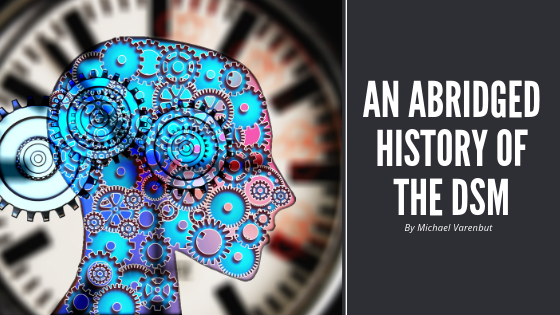The DSM, also known as the Diagnostic and Statistical Manual of Mental Disorders, is a text produced by the American Psychiatric Association (APA) that offers criteria and classification for mental disorders. A considerable benefit of this text is that it also provides common language and systems for psychiatrists, other physicians and psychologists to refer to their patients, and thus simplifies communication between medical professionals as well.
In 1917, the brainchild for this document began to develop between the American Medico-Psychological Association (the name for the APA until 1921) and the National Commission for Mental Hygiene. This idea began to come into fruition as a product of the United States Census, which had started classifying patients in mental hospitals as early as 1840 but needed a way to more accurately and objectively quantify the states of those patients.
After World War II this manual developed rapidly in response to the need to classify Veterans in outpatient facilities after returning from combat. Concurrently, the International Classification of Diseases (ICD) was published by the World Health Organization which included the first section dedicated to mental disorders. These two texts nonetheless developed in communication with each other and informed the development and language used in each.
The version of the DSM that we use today is called DSM-5. This version of the text began to be developed in 2000 when a research agenda was first developed, and the APA began to compile information and case studies relevant to the manual. This version was published officially in 2013 and is split into five major diagnostic categories that work to classify all those disorders that fall within each subset.
DSM-5 is used all over the world to provide mental health and health care professionals with a standard for diagnosing and identifying symptoms for psychiatric disorders. It also provides a paradigm to standardize language, so that communication between doctors and patients and doctors and doctors can be more accurate and unified. It has become a text that is invaluable to both patients and medical professionals, and one that will nonetheless continue to develop as science and medical research advances.

